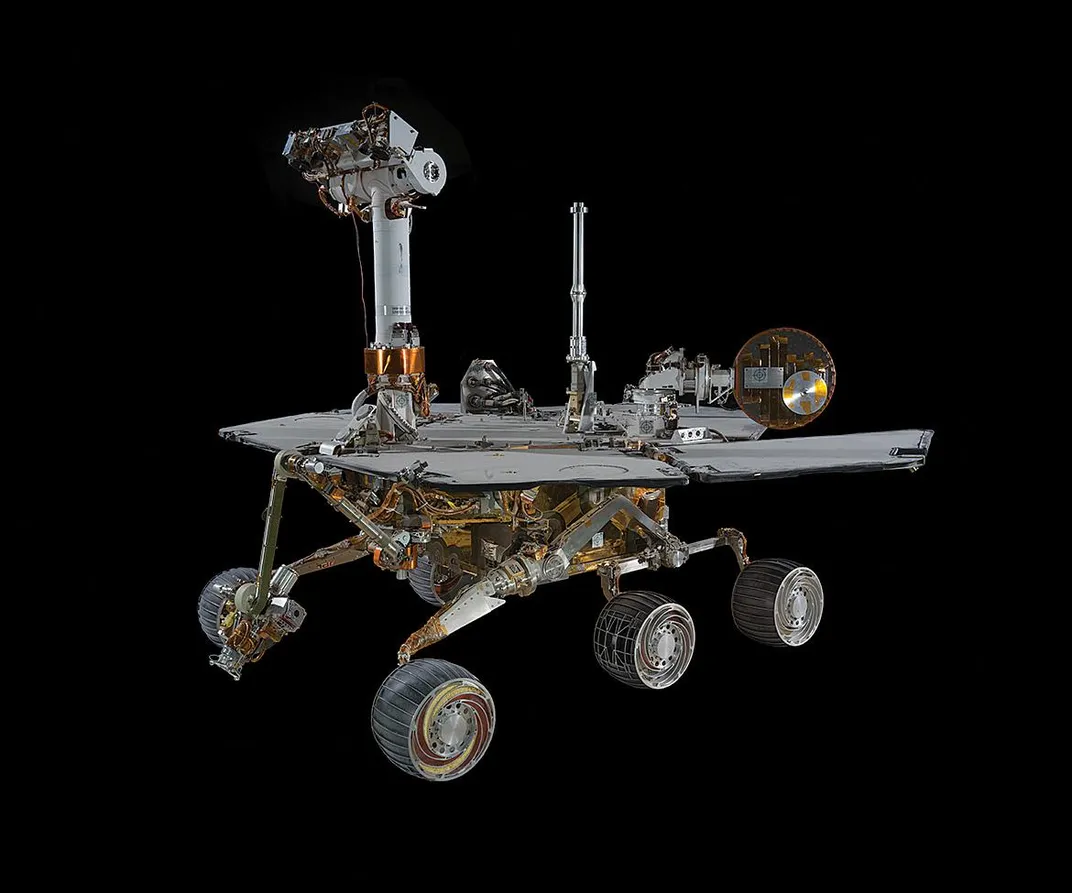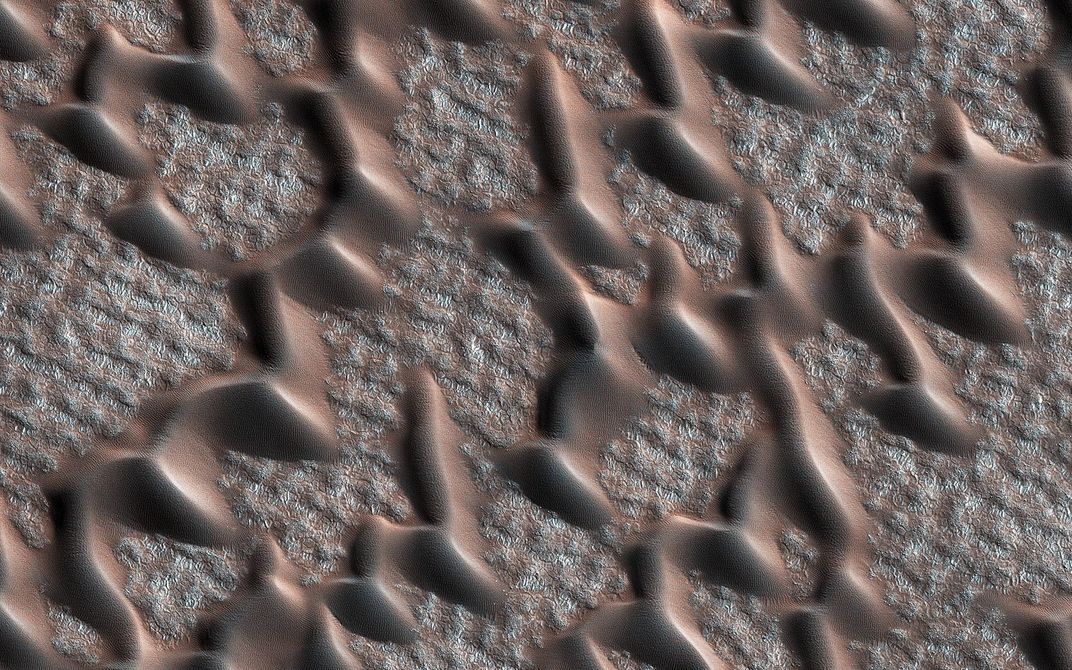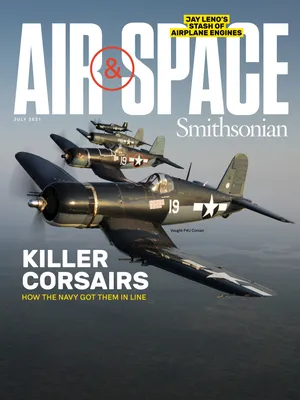A New Museum Gallery Takes You on a Tour of the Solar System
The ultimate in travel experiences, coming soon to the National Air and Space Museum.
/https://tf-cmsv2-smithsonianmag-media.s3.amazonaws.com/filer/9c/f9/9cf987ac-ece8-4bae-8f7d-b3f123ae02ec/15d_jj2021_rendering_live.jpg)
Space exploration has opened a fascinating window on our region of the universe. Images from faraway missions show us that the bright dots wandering in the sky are actually complex and individual worlds, beautiful to the eye but often with environments of stark and dangerous extremes. Through the years, spacecraft cameras and instruments of increasing capability have revealed landscapes of stunning diversity. Within our solar system alone, we find colossal giants, rocky worlds with deep canyons and tall mountains, small icy globes at the far edge, and a great ball of gas with spectacular, intricate rings. Farther afield, planets called Super Earths and Hot Jupiters orbit stars other than our own.
We’ve also learned that the varied planets and moons are not dull, dead worlds. Written in these landscapes are stories, if we know how to read them, of times and events otherwise hidden. And they are dramatic stories. There are tales of fire and ice, of rivers lost, and of relentless, pulverizing impacts. We see spewing geysers, volcanic plumes, sand moving to form beautiful patterns, and scarps that record a shrinking crust. Studying these landscapes can be like looking back through time. Earth’s moon exhibits an ancient surface unaltered by wind or rain or plate tectonics. It preserves the story of periods of heavy meteoroid bombardment that affected not only the moon but Earth and other bodies as well. On Earth, this record is erased, but the moon can teach us about the early history of our planet.

As part of the National Air and Space Museum’s major project to transform all its exhibitions, the Kenneth C. Griffin Exploring the Planets Gallery, planned to open next year, will showcase the stories of these beautiful worlds and how they have been explored. The previous Planets gallery, long a visitor favorite, gave a planet-by-planet presentation, but the new gallery will be reorganized to reflect the more recent understanding that our solar system contains three groups of worlds: giant planets, terrestrial planets, and small icy/rocky bodies. Visitors entering the gallery will travel a perhaps unexpected path. Unlike most presentations on planets, this new exhibition creates a journey that moves from the outside in, starting beyond our solar system and taking visitors from the dark and icy outer belts where fascinating Pluto resides to the stunning giant worlds to the inner rocky worlds nearer to the sun. Along the way are images of these worlds and the features and processes that form them. The different exhibit units are arranged around a central immersive environment, called “Walking on Other Worlds,” where visitors will be surrounded with landscapes from worlds spacecraft or humans have landed on. These visualizations are based on real data. Visitors will hear, for example, the actual sounds of wind on Mars recorded by the Perseverance Rover.

Across from “Walking on Other Worlds” is a display of three generations of Mars rovers. The tiny Marie Curie is the flight spare for Sojourner, the first rover on Mars. Operating for 83 days in 1997, Sojourner had three cameras, a spectrometer to measure the composition of rocks and soil, and solar panels and a battery for power. The next rover represents Spirit and Opportunity, the twin robot geologists that landed on Mars in 2004. The twins were actually triplets since the rover on display is an engineering version used on Earth for testing and practicing procedures to address circumstances encountered on Mars. Dwarfing them both is a full-scale model of the rover Curiosity. This rover, which has operated for more than eight years, carries 17 cameras as well as spectrometers and environmental sensors. Sharp-eyed visitors will note that holes are regularly spaced in its aluminum wheels. As the rover traverses Mars, its tracks contain the imprint of these holes which help engineers measure the distance it has traveled. But the holes also spell JPL in Morse code, a clever signature from the Jet Propulsion Laboratory, which built and manages the rover.

Imaging technology, which is so vital to understanding worlds scientists can’t visit in person, has also grown in complexity and precision through the years of space exploration. Today we take for granted the sharp high-resolution digital images of Earth and space. Even our phones can take great instant images. But it wasn’t so easy in earlier days of spacecraft exploration. The Mariner 9 photomosaic globe, constructed in the early 1970s, allowed scientists to see the physical relationship of Mars features with a global perspective. More than 1,500 photographs were printed, accurately located, trimmed and feathered by hand, and glued to the globe. Today powerful cameras and computers do that work to show the intricate local and global details of the planets and their moons.
As one of the curators who helped plan this gallery, I hope these images will inspire an appreciation of the amazing beauty of these exotic worlds and the wealth of what we can learn from them as we study the processes that shape them and discover how they have evolved. Comparing the environments and features of the planets and other bodies through time, we can work to understand their differences and similarities, taking the knowledge gained from faraway places and bringing it home.
Priscilla Strain is a program manager in the Center for Earth and Planetary Studies, the science research group at the Smithsonian’s National Air and Space Museum. She is currently the lead curator for the new Kenneth C. Griffin Exploring the Planets Gallery.
The Kenneth C. Griffin Exploring the Planets Gallery was named in honor of a generous commitment from Ken Griffin.
